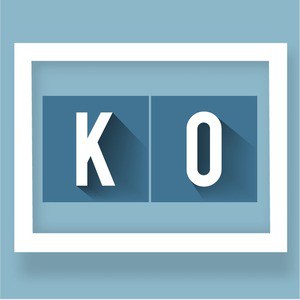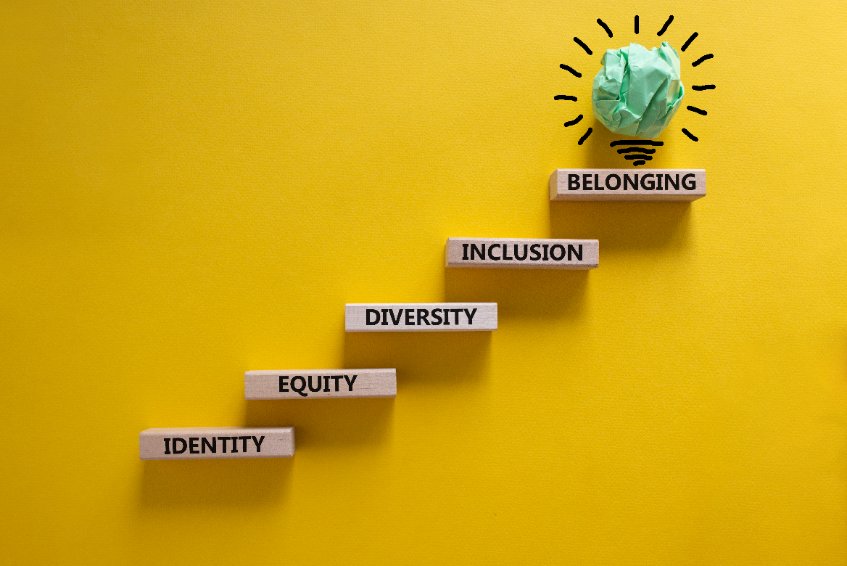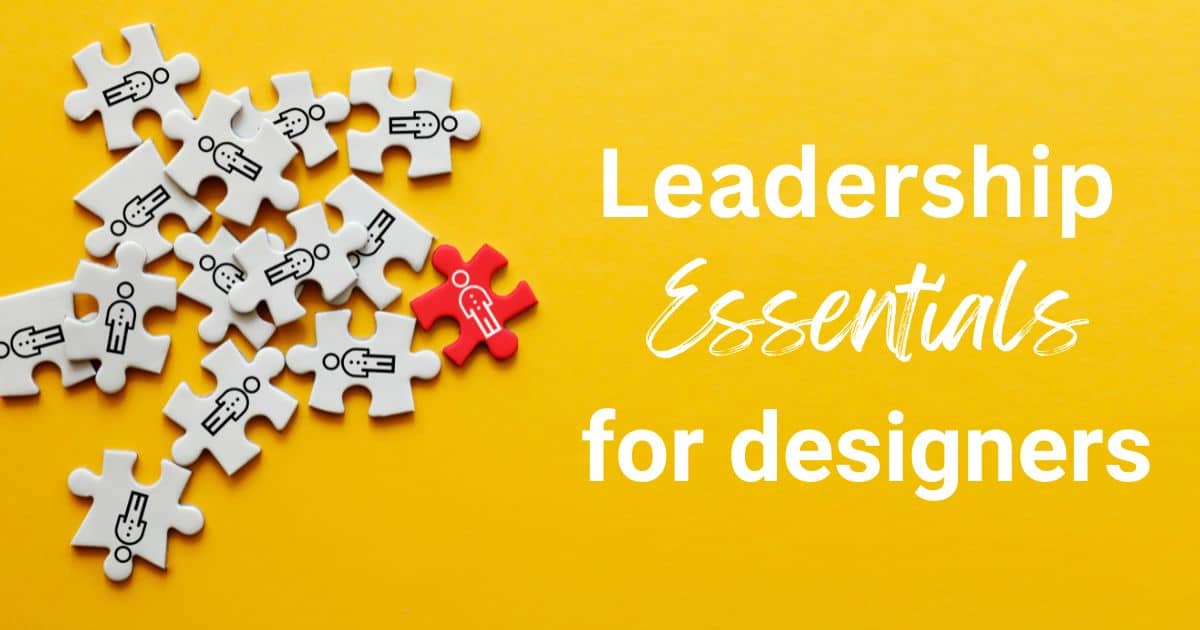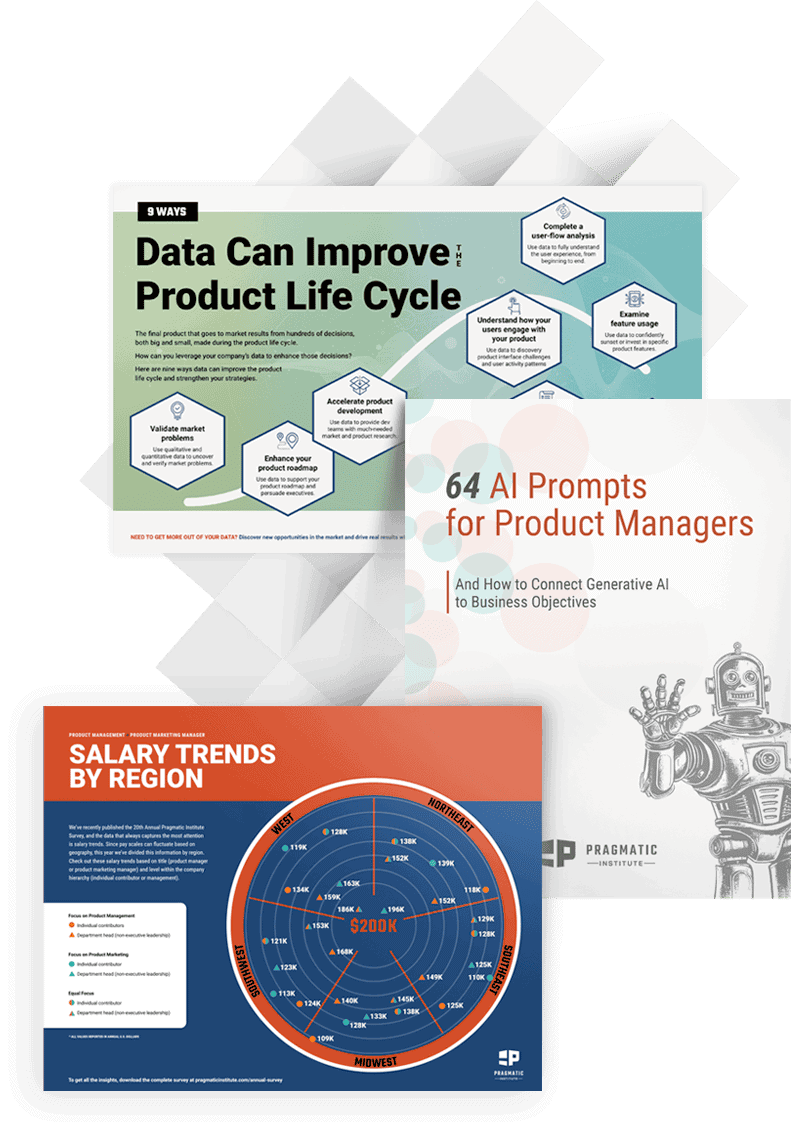Throughout my career, I’ve often been the only Black woman in the room. And I know firsthand the value of diverse voices for UX teams. After all, if everyone in the room looks similar, they will likely converge on similar ideas.
Here are a few best practices for organizations that want to be more intentional about diversity, equity and inclusion:
Hire Diverse Leaders and Team Members
It’s important to hire leaders who are different from one another. Connecting with or feeling comfortable with those who look like us is easy. But for those of us who have been in a room where most people didn’t look like us, it’s easier to recognize when things are homogenous.
Push yourself to find diversity. And if you’re not able to find diverse hires, the challenge is probably in where you’re looking.
Seek Out Diverse Partners
Sometimes it’s not always about a direct hire; sometimes it’s partnerships. Several large companies have reached out to me about taking on a leadership role in their organization. And while very flattering, it’s also kind of insulting because I’ve created and built a company and a brand of my own. So remember that rather than trying only to hire employees, there also may be an opportunity to partner with a diverse organization.
Consider Diversity in Research
I push my teams to make sure we recruit diverse panelists. When we do research, we’ve got to do the hard work of finding those groups of people that are harder to gain access to and find ways to engage them. It’s important to develop strategies that increase those numbers so that we can have varied voices and make sure that we’re presenting truly representative feedback from the market.
That also means going beyond the people of color in your organization. For example, Black developers and QA people are highly educated and understand tech at a level greater than the average person. So, yes, they may add diversity to your panel, but they aren’t necessarily representative of your user.
Encourage Employees to Embrace their Unique Story
I’ve coached a lot of young people. When I think about coaching, I go to my roots in psychology. It’s about your unique inherent capabilities. Some of us are externally motivated. Some of us are intrinsically motivated. When you think about what motivates you, first identify: Is it implicitly what’s inside of me, or is it the things around me?
You also need to recognize what you enjoy and what you are good at. I might be very good at certain things but not necessarily enjoy them. Sometimes that requires you to ask other people what they immediately think about when they think about you and your skills.
Social media makes it easy for us to compare ourselves to others, but we’ve got to be careful about not forgetting the unique aspects that make you you. We each have a unique experience and story that makes us who we are. And your ability to leverage that is where true success comes.
After all, happiness is finding that place where you can be your authentic self and you can be successful at what you were brought in to do.
This blog post is adapted from Kenya Oduor’s episode of Pragmatic Institute’s Design Chats podcast. For more, check out the full conversation.
Author
-

Kenya Oduor, a Fractional CX & Human-centered Design Consultant with 24 years of expertise, has impacted companies like IBM and LexisNexis. Specializing in workflow tools and fostering trust in AI, Kenya excels in designing effective ecosystems. As the mind behind HumanCentric Technologies, Inc., her influence extends to shaping user-centric experiences. For questions or inquiries, please contact [email protected].
View all posts








